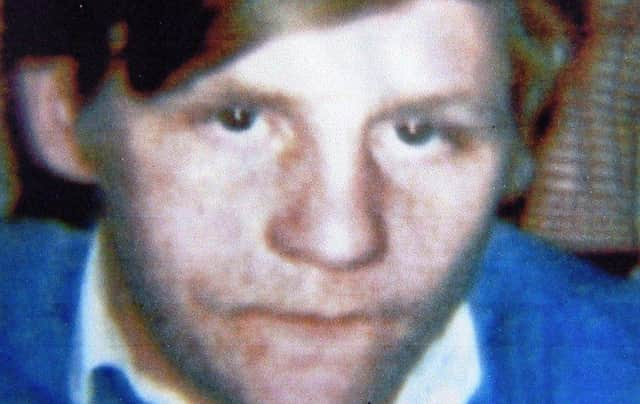Thomas Friel inquest: introduction of rubber bullets in NI ‘improvised’


Evidence was being given at the inquest into the May 1973 death of Thomas Friel (21), from Creggan, by an engineering expert who said the weapon had been introduced in the North in late 1969/early 1970 due to fears that live rounds would have to be used and ‘anything less than live rounds would be preferable.’
Alan Hepper said the weapon was ‘improvised’ and other weapons modified to suit.
Advertisement
Hide AdAdvertisement
Hide AdHe said the idea came from the Far East where wooden batons had been cut up and fired into the crowd.
It was felt this was too dangerous and, as a result, the rubber projectile was designed.
He agreed that more testing could have been done and said that it was an inaccurate weapon.
Mr Hepper said the weapon was designed to be bounced on the ground in front of a crowd and said that, if fired at an individual, it could strike someone ‘in a vulnerable area.’
Advertisement
Hide AdAdvertisement
Hide AdThe inquest heard that tests showed the rubber bullet could be ‘a lethal weapon’ if fired at less than 20 to 30 metres.
Mr Hepper said tests revealed that the rubber bullet was ‘very hazardous’ at distances less than 19 metres, hazardous between 19 metres and 72 metres and ‘relatively safe’ above that distance.
The inquest heard that the rules of engagement for the use of rubber bullets were not formally written out.
Mr Hepper was asked by David Heraghty, counsel for the next of kin, had he heard of rubber bullets being fired from the hip.
He said that, if this occurred, it would be ‘an awful lot less predictable where it is going.’
The hearing continues and the inquest is expected to last at least another week.